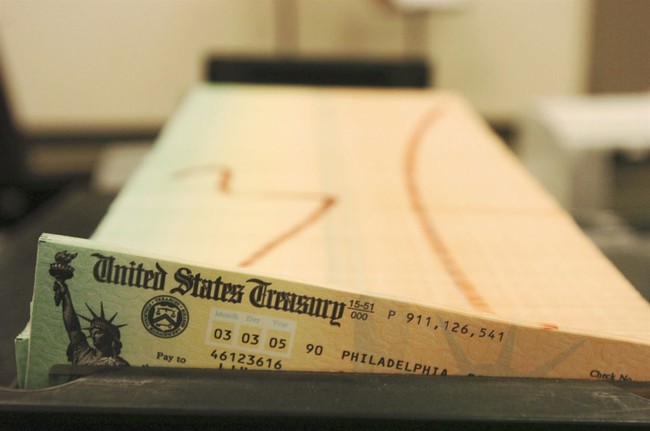China Maintains Key Lending Rates Amid Economic Challenges

The People's Bank of China has decided to keep its key lending rates unchanged, focusing on financial stability rather than rate cuts amid ongoing economic pressures and challenges from U.S. tariffs.
The People's Bank of China (PBoC) has decided to maintain its key lending rates as it emphasizes financial stability over interest rate cuts to support the economy.
On Thursday, the PBoC held the 1-year loan prime rate at 3.1% and the 5-year LPR at 3.6%.
The benchmark lending rates, typically charged to banks' best clients, are calculated monthly based on proposed rates submitted to the PBoC by designated commercial banks. The one-year LPR directly influences corporate loans and a majority of household loans, while the five-year LPR is pivotal for mortgage rates.
The decision aligns with market expectations as reflected in a Reuters poll.
PBOC Governor Pan Gongsheng stated at a conference in Saudi Arabia that a stable yuan is vital for sustaining global financial and economic stability. Despite the U.S. dollar's strength causing many currencies to depreciate, the yuan has largely remained stable.
Since the election of President Donald Trump in November, the Chinese yuan has decreased by 2.5% against the U.S. dollar.
Governor Pan highlighted that China is placing greater emphasis on consumption while reiterating a commitment to a proactive fiscal policy alongside an accommodative monetary policy this year.
In recent months, the PBoC’s approach has focused on defending the yuan against depreciation pressures amidst expectations of heightened tariffs, complicating efforts to stimulate a weakening economy.
Defending the yuan poses risks; a weaker yuan could make Chinese exports more competitively priced internationally, while a stronger yuan increases import costs, further straining fragile consumer demand.
Following its inauguration, President Trump has levied a 10% tariff on all goods imported from China, in addition to existing tariffs that can reach up to 25%.


















